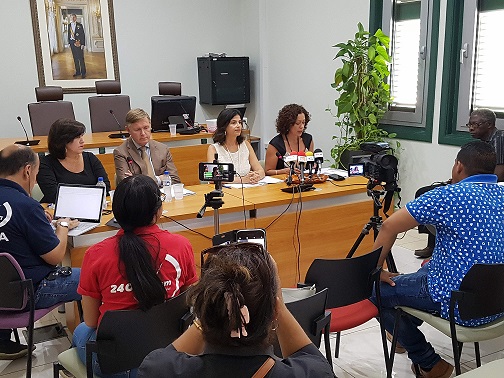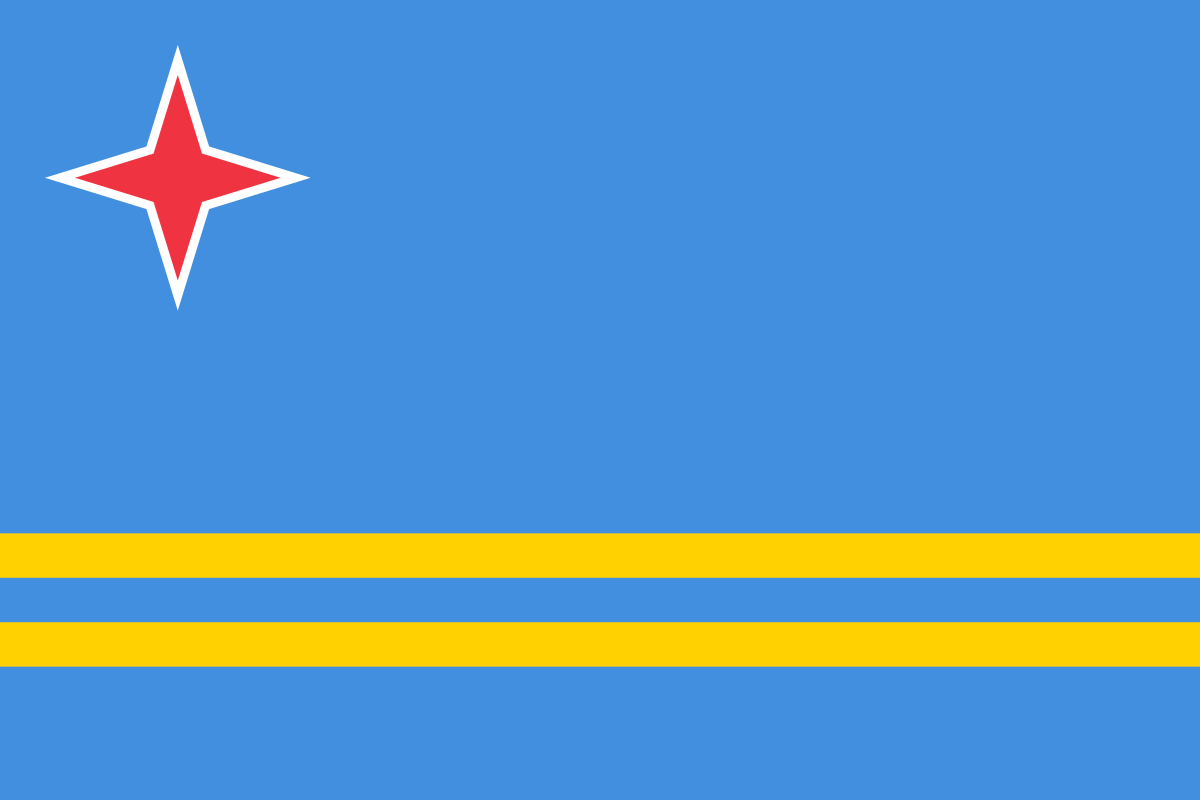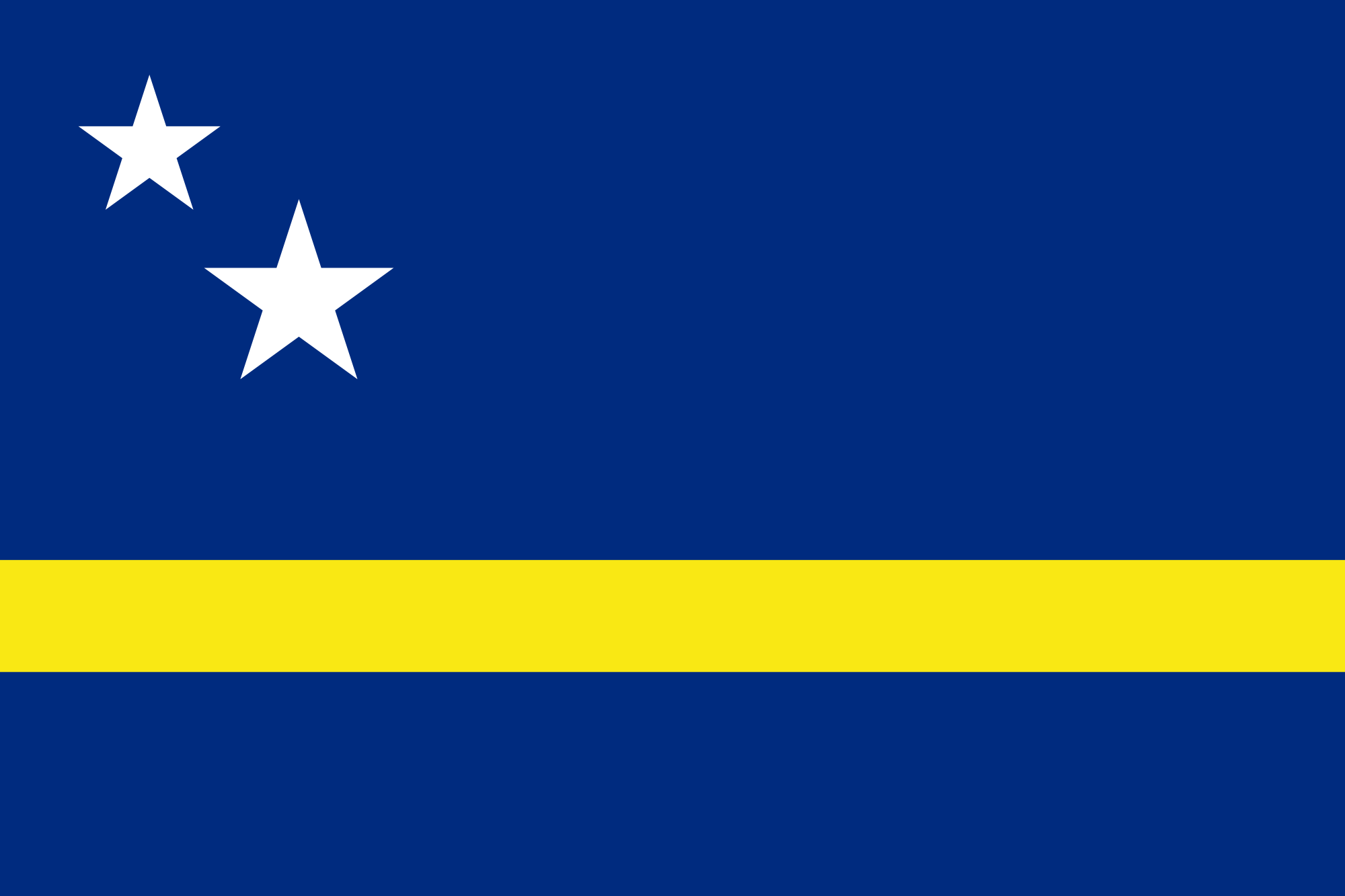The Court presents Annual Report 2017 with the theme 'Resilience'
The Common Court of Justice of Aruba, Curaçao and Sint Maarten and of Bonaire,Sint Eustatius and Saba (hereafter: the Court) presented its Annual Report for the year 2017 to the press on Wednesday May 23. This year the Court offers an interactive annual report to the public. A unique feature of this edition is that, in addition to the usual written interviews, video footage of the interviews can also be seen. The theme of the Annual Report 2017 is: 'Resilience'. The consequences of hurricane Irma and the commitment of colleagues of the Court to continue to guarantee administration of justice, despite the very difficult circumstances, was the inspiration to give the Annual Report 2017 this theme.
The people of the Court
In 2017, the composition of the board of the Court changed. Eunice Saleh, former vice president of the offices in Curaçao and Bonaire, was appointed as president. Peter Lemaire took over as vice president of the office in Sint Maarten, after having held the same position in Aruba for a few years. New members have been appointed to the board, namely Mauritsz de Kort as vice president of the offices in Curaçao and Bonaire, Jaap Sap as vice president of the office in Aruba and Coryse Barendregt, formerly manager of the office in Curaçao, in the position of director of operations. The board members reflect in this annual report, how they have experienced their first year in a new position.
The Annual Report 2017 offers the opportunity to get acquainted with several 'People of the Court' in video interviews. The viewer can take a look at a “raio” (judicial official in training), during the training to become a judge. Furthermore, a few high-profile cases from Aruba (Lunah) and Curaçao (moral offenses) are explained by two judges. In the chapter 'The people of the Court', the viewer also meets two colleagues who together have more than 60 years of service at the Court. Finally, we look back with a colleague who has experienced hurricane Irma. She was the last one to leave our monumental Courthouse in Sint Maarten and was the first to take notice of the damage just after the hurricane had passed by. In an emotional interview she describes her experiences, feelings and how she, as registrar of the vice president of the office in Sint Maarten, attended the first trials in prison a few days after the hurricane went over the island.
Local judges
The Court's policy of attracting more local judges continued in 2017. The recruitment procedure in 2017 resulted in a candidate from Aruba, who started training to become a judge in 2018 in Curaçao. In 2017, a total of six training places were filled in the trajectories “rio” (judge in training) and “raio” (judicial official in training). Two trainees left for the Netherlands in 2017 to complete the final phase of their education.
Case numbers
In 2017, a total of 44,067 cases were submitted to the Courts of First Instance. 11,427 cases have been received in Aruba, in Curaçao 26,105, in Sint Maarten 4,499 and 2,036 on the BES islands. In 2016, the total number was 37,510, namely an increase of 17%. This increase is mainly due to an overall increase of 24% in the influx of criminal cases. In 2017, 22% more cases were handled in first instance, compared to 2016. The largest increase (65%) can be seen in the Administrative Law (Tax law) area at all locations. The increase is a direct consequence of the increase in the number of sessions per year at the various locations.
The intake of appeals dropped by 8% at total level, from 811 in 2016 to 743 in 2017. The decrease is mainly in civil cases (-16%) and civil servants cases (-9%). This is positive because the number of cases settled in first instance for this category has actually increased. This means that in the past year the claimant has less often seen a reason to appeal after the judgment in first instance.
Realization Annual plan 2017
The annual plan of 2017 mentions the management's intention to emphasize professionalism and operations. In the Annual Report 2017 the Court looks back at the planned projects and highlights some of them. The projects are subdivided into four central themes: increasing the accessibility of the judiciary, guaranteeing citizens' trust in the judiciary, stimulating professionalism and quality and, finally, improving customer service. It states whether the projects have been successful, will be completed in 2018 or will be postponed. Extra attention was paid to, among other things, GEAR (the case registration system developed by the Court to ensure that incoming cases are handled more efficiently), LEAN work processes (Learning to Really Think Differently) and minimizing waste and housing on the BES islands and in Sint Maarten.
Financials
The Court closed the fiscal year with a loss of f 1,503 million. This is to a significant extent, the result of necessary investments in digitization and automation (GEAR case registration system), the establishment of a staff provision in connection with long-term illness and unused holidays to ensure continuity of case law and additional costs by hurricane Irma in Sint Maarten. The extra costs due to the limited aviation possibilities, the organization of an international conference and the cleaning up of archives at the offices in Aruba and Curaçao also contributed to this. This setback will be dealt with through the Court's Equity.
Everyone can read and view the digital interactive Annual Report of the Court.




